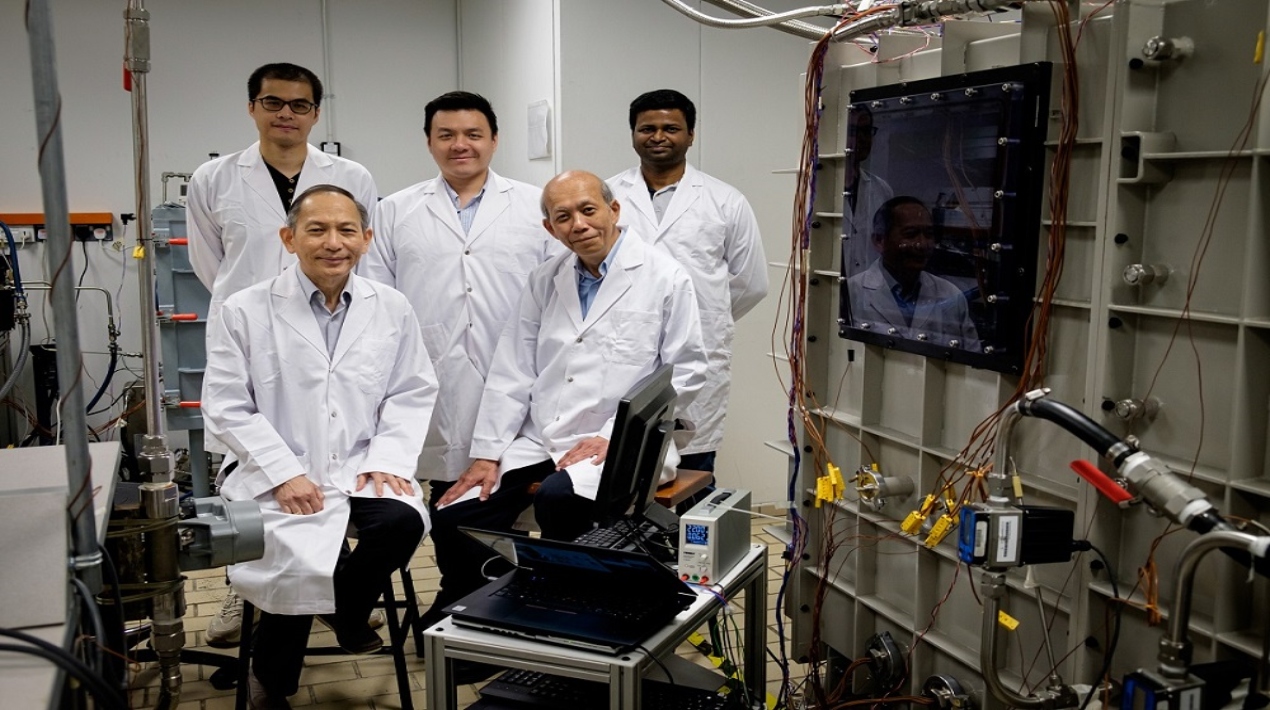
Scientists at Nanyang Technological University, Singapore (NTU Singapore), have come up with a way to cool down servers in data centres that uses less energy and is better for the environment. This could save up to 26% on both energy costs and carbon footprint.
At this time, 7 % of all the electricity used in Singapore goes to powering data centres. As the number of people who want to use cloud computing grows, it is important to find a long-term solution that reduces the amount of energy that data centres use and their carbon footprint.
In a data centre, the central processing unit (CPU) of a server is the hottest part, and it needs a dedicated air-cooled heatsink to get rid of the heat.
When servers are stacked vertically in a rack, they produce a lot of heat. To cool the server, cold air must be drawn in, and the hot air must be let out. Because of this way of cooling the air, data centres must use air conditioning systems that use a lot of energy to cool the air.
In contrast, this new method developed by NTU scientists employs a special spray of non-conductive fluids to directly cool the CPU without a heatsink, combining highly efficient heat removals mechanisms such as evaporation and boiling.
The collected gases and superfluous fluids are then condensed into liquid at tropical ambient temperatures (around 30 degrees Celsius) and recirculated back into the system for reuse.
Spray cooling has the potential to remove more heat than air cooling, which will allow CPUs to operate faster and perform better than their current speeds, which are limited by air cooling because faster speeds will result in higher temperatures.
Based on the power consumed by the servers in a rack (known as rack density), it is estimated that conventional air-cooled racks generate approximately 7kW per cubic metre of waste heat. Comparatively, the spray-cooling prototype has demonstrated substantially greater heat dissipation, capable of handling rack densities as high as 23kW per cubic metre.
If spray cooling is used on a large scale, it could let servers with more computing power fit into smaller spaces than they do now in data centres. The team thinks that it could save 30% of space compared to traditional data centres that use air-cooling systems. This is a big benefit for countries like Singapore that don’t have much land.
Associate Professor Wong Teck Neng from NTU’s School of Mechanical and Aerospace Engineering oversees the project. He says that the main benefits of their new method are that it uses less energy and is more targeted; and that their targeted approach is smarter, especially in tropical areas where high humidity and heat can put a lot of stress on traditional air-cooling systems.
Spray cooling, on the other hand, keeps CPUs at their best temperature of about 55 degrees Celsius without the need for energy-hungry air conditioners.
Studies done by the team also showed that, compared to air-cooling systems, their spray-cooled system can save up to 1,550 tonnes of CO2 per year for a data centre with an IT load of 1 megawatt.
Since most data centres use 1000 kWh per square metre, this will make a big dent in their carbon footprint. Running a spray-cooled data centre in a way that saves energy can also save 26% on annual energy costs.
It can also pave the way for faster and more efficient data centres in the future, as demand for cloud computing continues to grow by about 15% per year.
















